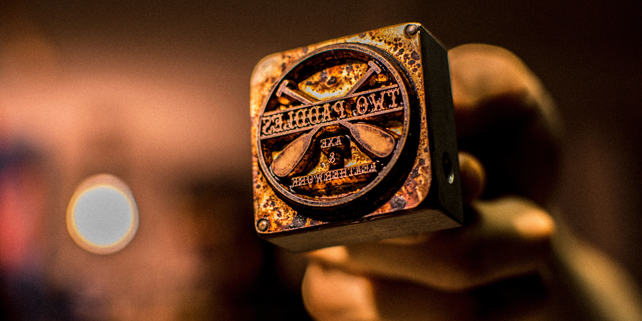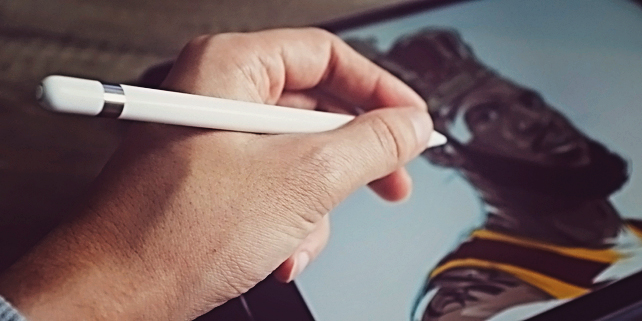Now that you’ve got your patent, how do you preserve your right to collect money damages from an infringer? By marking your product with your patent number. This ensures that would-be infringers have adequate notice of the scope of your patent rights, which is important because a patent owner may obtain money damages from an infringer only from the date on which the infringer had notice of the patent. Marking is an efficient way to provide this notice.
Marking can be accomplished through several means. The first is physically printing the patent number on the product, preceded by the word “Patent” or “Pat.” Another option is printing a web address on the product where the pertinent patent numbers are listed. This second option, known as “virtual marking,” allows a patent owner to supplement the list without having to re-issue the product, such as when a new patent issues which covers the product. This is also a useful method if several patent numbers apply to a particular product.
It is important to note that the marking must be legible and unconcealed, and must display the specific patent number; simply stating a product is “patented” will not suffice to provide the requisite notice. If a product is too small, or a design constraint makes it impracticable to print the number directly on the product, the packaging may be marked instead.
Finally, a patent owner must make reasonable efforts to ensure that any licensees of its patent are following the proper marking scheme, and that they are marking all of the patented products. Failing to do so may result in the patentee’s forfeiture or diminishing of any right to collect money damages.
Falsely marking a product, such as marking a product without a patentee’s consent, or marking a product as “patent pending” when there is no pending patent, will subject the marker to considerable liability from both the true patent owner and the United States government, which can sue for up to $500 for every falsely-marked product.
When developing your patent marking scheme, always be sure to consult a licensed intellectual property attorney with any questions about marking requirements.





